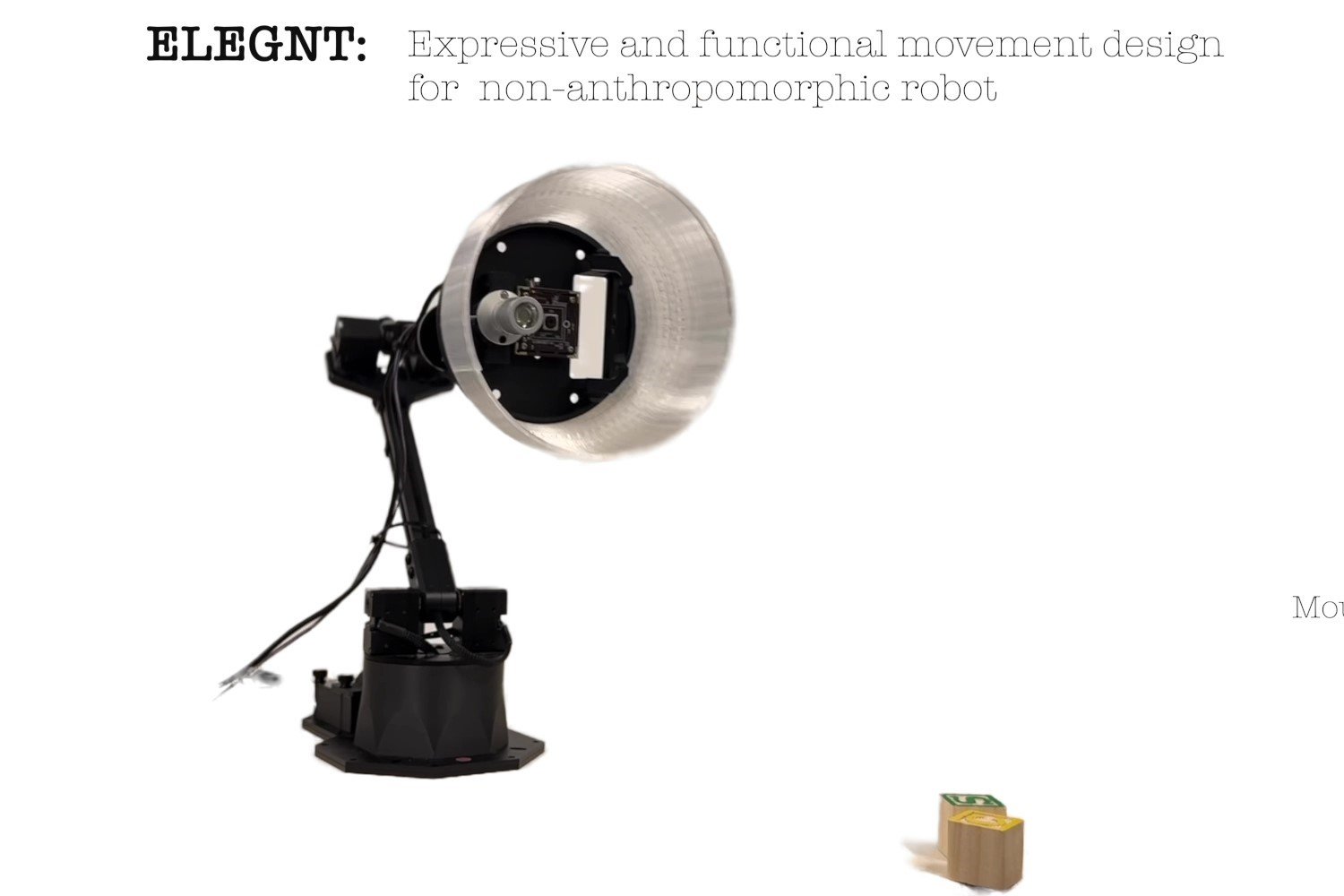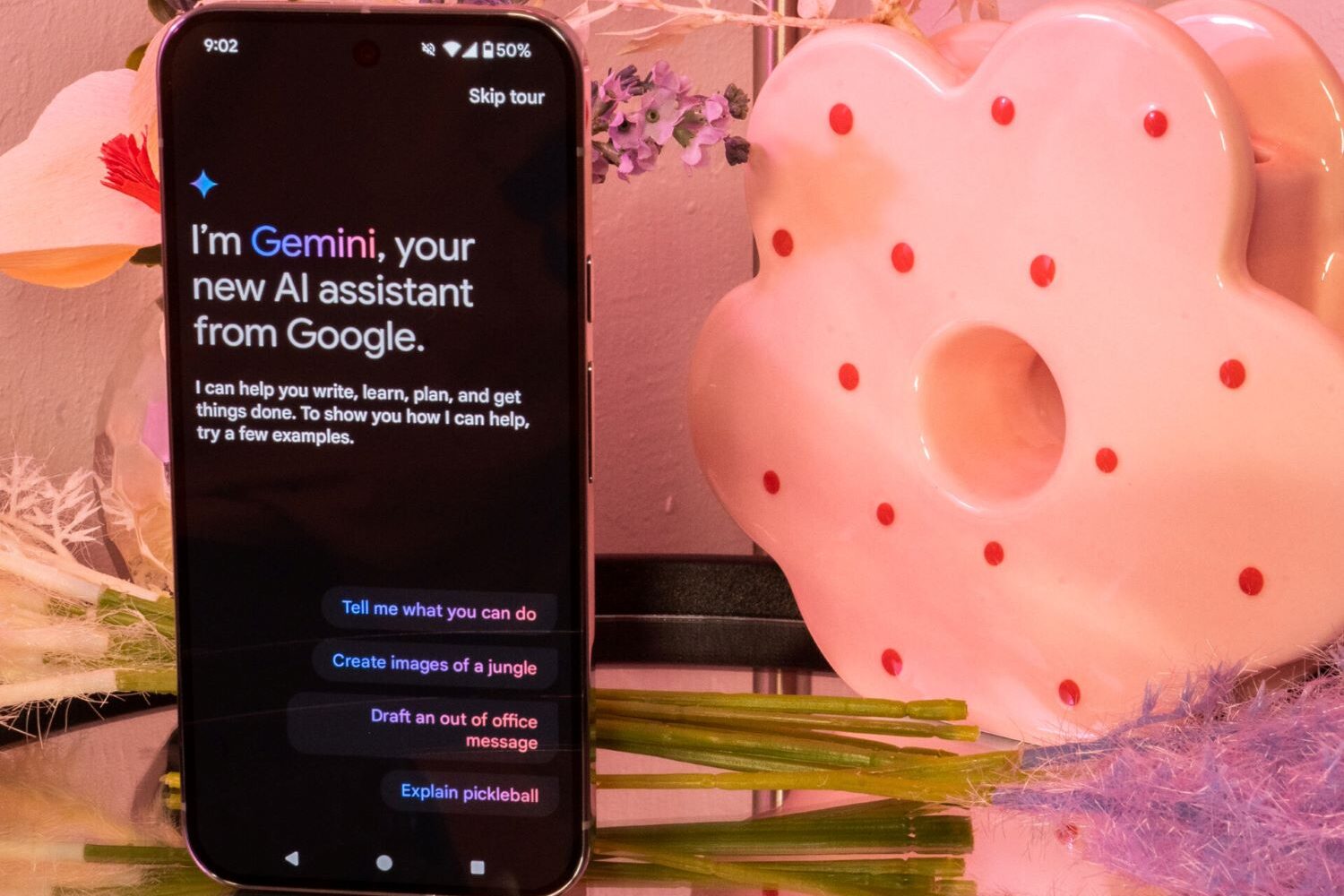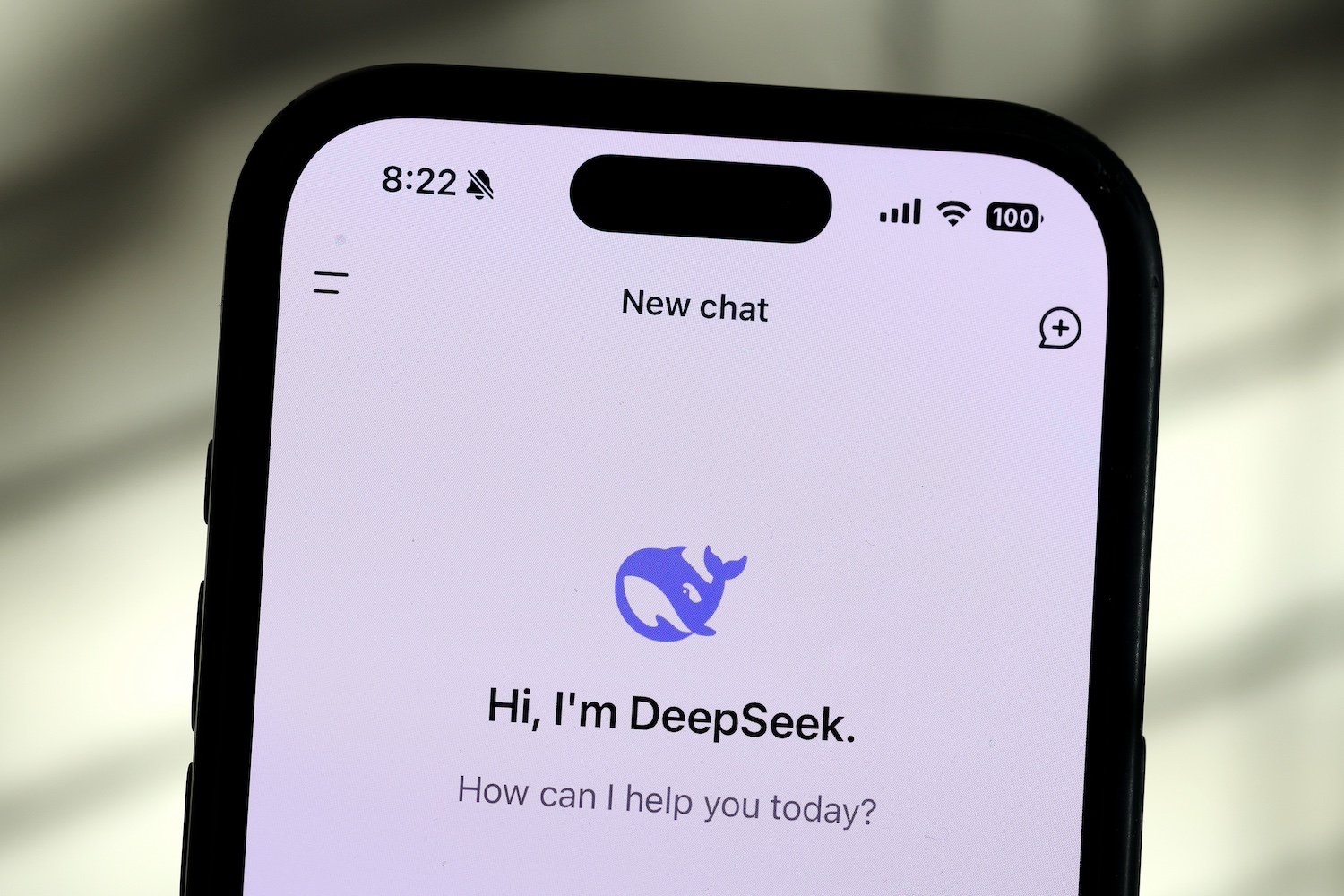Apple’s foray into home robotics is taking a charming turn, as revealed by their Machine Learning Research division. Imagine a desk lamp, not just illuminating your space, but responding to your requests with an endearing blend of curiosity and confusion. This isn’t science fiction; Apple is prototyping a robot lamp that evokes the same playful spirit as Pixar’s beloved Luxo Jr.
A Robot with Personality
This isn’t your average smart home device. Apple’s research paper, detailed on the Arxiv preprint repository and highlighted by MacRumors, outlines a framework called ELEGNT (expressive and functional movement design for non-anthropomorphic robot). This framework imbues the lamp with “attention,” “attitude,” and “expression,” creating a robotic personality that’s far more engaging than a simple voice assistant. The lamp’s movements are not merely functional; they’re infused with a sense of character. Imagine it stretching to peek at a note just out of reach, then shaking its head in mock disappointment. It checks the weather by looking outside, then turns back to deliver the forecast, complete with an AI-generated voice. It even asks about joining a hiking trip, expressing visible disappointment when told no.
Balancing Functionality and “Attitude”
The challenge lies in balancing this expressive charm with practical functionality. Similar to the endearing yet occasionally frustrating interactions in games like The Last Guardian, the robot’s personality needs to enhance the user experience rather than hinder it. Will these expressive movements add emotional depth to the typically sterile interactions with AI chatbots? The success of this approach depends on the robot’s ability to convincingly portray these emotions, making users forget that its speech and body language are algorithmically generated.
Apple’s Smart Home Ambitions
This expressive lamp hints at Apple’s broader ambitions in the smart home market. Bloomberg reports suggest Apple is developing a touchscreen attached to a robotic arm, designed to follow and respond to users hands-free. While conceptually intriguing, the practicality and cost of such “Jetsons-style” technology remain to be seen.
Beyond the “Wizard of Oz”
Apple’s research draws inspiration from a 2014 paper in the Journal of Human-Robot Interaction by Cornell University professors Guy Hoffman and Wendy Ju. Much of the earlier research relied on the “Wizard of Oz” technique, where a human operator controlled the robot’s actions. With advancements in robotics and AI, Apple aims to create truly autonomous expressive interactions.
A New Era of Smart Home Devices?
Apple is also reportedly developing a smart home camera and display to compete with Google Nest and Amazon Echo Show. This push into smart home technology is likely to further integrate Apple Intelligence, enticing customers into their ecosystem with the promise of seamless integration. The question remains: will consumers embrace Apple’s premium-priced vision of a more expressive and integrated smart home experience?
Competition and the Walled Garden
Apple’s strategy seems clear: offer premium devices with tight integration within its ecosystem. While this approach has been successful for them in the past, the smart home market is crowded with competitors offering interoperability and often lower prices. The expressive robot lamp, though innovative and charming, is just one piece of this larger puzzle.
Conclusion
Apple’s expressive robot lamp is a fascinating glimpse into the future of human-robot interaction. It showcases the potential for technology to move beyond mere functionality and embrace a more engaging, emotionally nuanced approach. While challenges remain in balancing personality with practicality, and the competitive landscape is fierce, this innovative concept could redefine our expectations of smart home devices. Will Apple’s gamble on expressive robotics pay off? Only time will tell.











